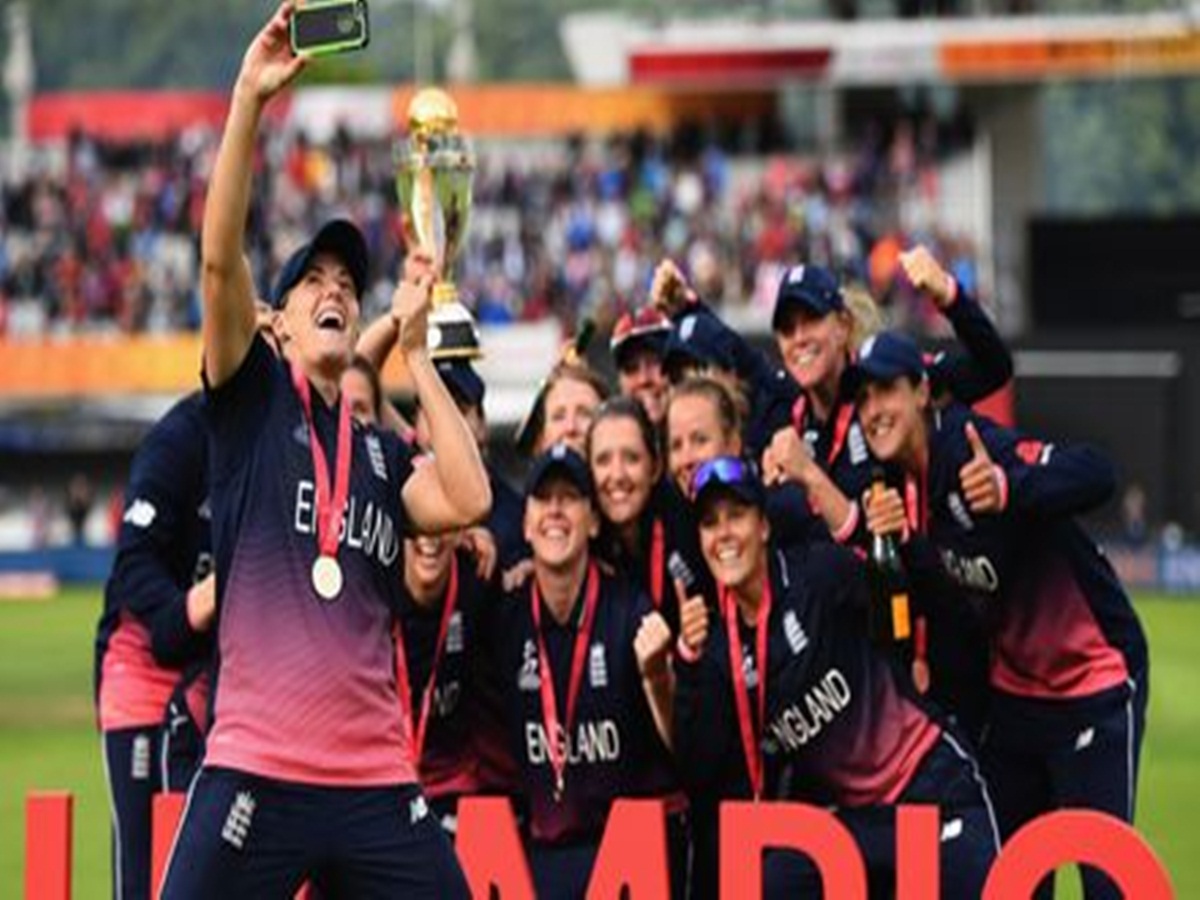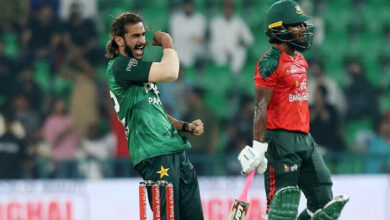The qualification process and its importance


The qualification process for the ICC Women’s Cricket World Cup has changed a lot since the inaugural edition of the tournament back in 1973.
In fact, for the first seven editions, the make-up of the teams was purely invitational, with the first qualifying event taking place in 2003 ahead of the ICC Women’s Cricket World Cup 2005 in South Africa.
Perhaps the biggest change of all came ahead of the 2017 edition with the creation of the ICC Women’s Championship, developed to create a more extensive and meaningful bilateral playing programme for the women’s game.
It has clearly worked, with two editions of the ICC Women’s Championship in the books, allowing eight teams to play seven bilateral series.
That reinforced One Day International programme has increased the exposure to the game for many countries and closed the gap between the top sides and the rest.
Evidence of that came at the 2017 ICC Women’s Cricket World Cup, following the first ICC Women’s Championship, where no team went unbeaten through the group stage.
It remains to be seen if the same will be true after the second edition of the ICC Women’s Championship, which like most international sport, was affected by the Covid-19 pandemic as two series were cancelled.
At the last World Cup, four teams qualified automatically through the ICC Women’s Championship, while this time around hosts New Zealand also qualified automatically. The White Ferns were joined by Australia, England, India and South Africa.
The rest of the sides had to go through the ICC Women’s Cricket World Cup Qualifier, the tournament first introduced in 2003, joining regional qualifiers in a final opportunity to make the main event.
That was also a victim of the pandemic in this cycle, postponed on two occasions before being curtailed by the emergence of the Omicron variant as the tournament took place in Zimbabwe.
As a result, qualification for the ICC Women’s Cricket World Cup 2022 in New Zealand was decided through world rankings, notably meaning that Bangladesh have qualified for the very first time – a first debutant side in 25 years.
Joining them are Pakistan and the West Indies for the tournament in New Zealand.
Perhaps just as crucially though, the ICC Women’s Championship will expand to 10 teams in the next World Cup cycle, with Sri Lanka and Ireland joining the eight teams from the World Cup.
For Ireland, who appeared at every ICC Women’s Cricket World Cup between 1988 and 2005, it is a golden opportunity to re-establish themselves among the game’s top teams, while Sri Lanka will hope to use it as the perfect way to bounce back after missing out on qualification for the first time since 1993.
More generally though, the ICC Women’s Championship has ensured a greater opportunity for regular cricket across a number of countries, with the hope that the added exposure is reflected at the ICC Women’s Cricket World Cup 2022.
And while Covid made it impossible this time around, the ICC Women’s Cricket World Cup Qualifier ensures that there is still a path to the big dance for those teams who come through regional qualifying as well.




